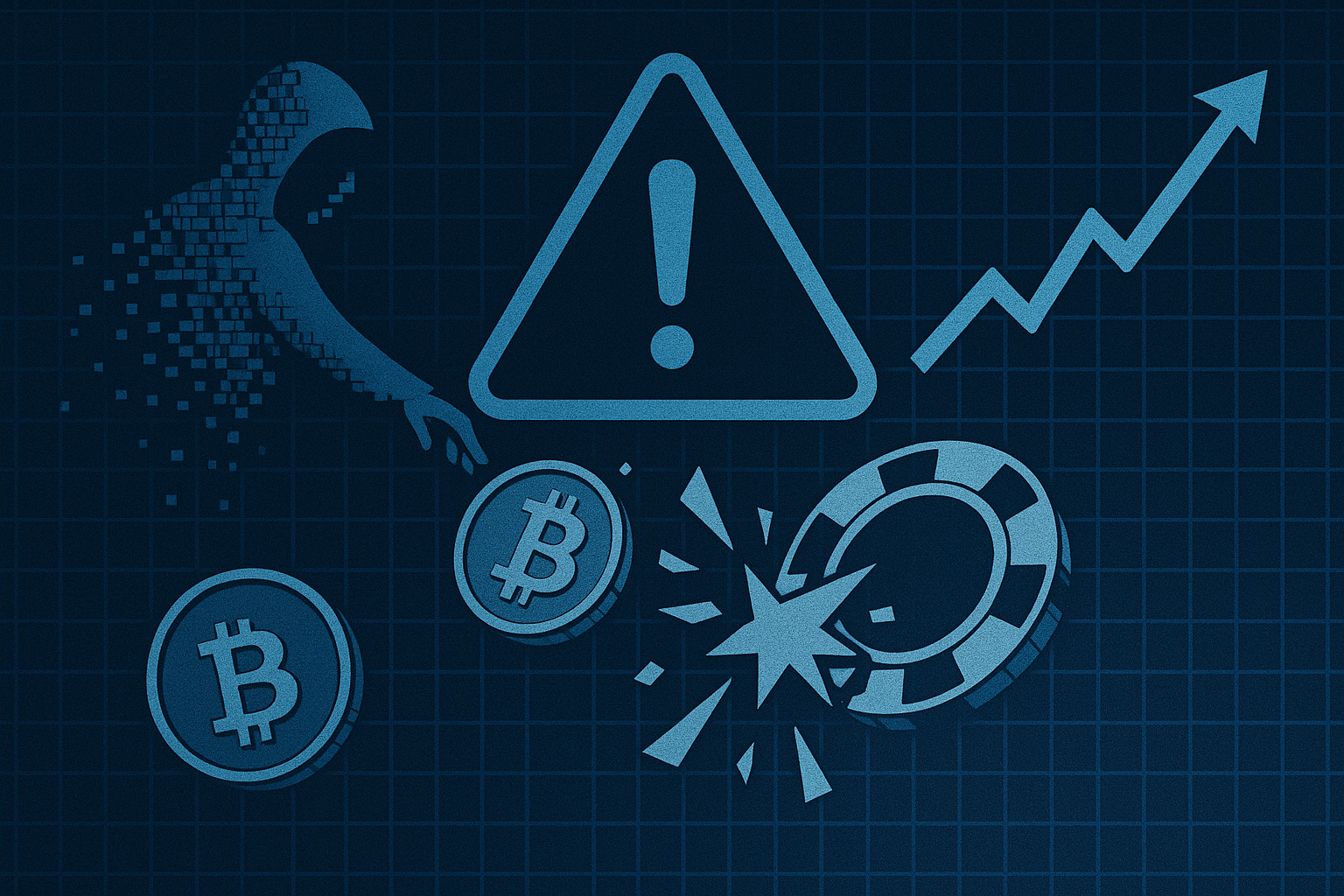Back in 2017, when ICOs were minting overnight millionaires and CryptoKitties congested Ethereum for the first time, most of us still believed the scariest thing on-chain was paying a 50-gwei gas fee. Fast-forward to 2024 and the playbook for crypto crime has leveled up faster than any of us expected. This week’s jaw-dropper—a $4 million wallet drain that started inside a legitimate Coinbase account and ended at a baccarat table—has the whole community asking the same question: how the heck did this one slip past so many red flags?
Here’s What Actually Happened
I’ve pieced the timeline together from blockchain sleuths on X (shout-out @ZachXBT and @bantg), a couple of Discord mod logs, and the court filing that hit PACER late last night.
- May 2, 2024 — Victim (we’ll call him “Greg”) receives a push notification that looks exactly like Coinbase 2FA. He taps it—thinking it’s routine—and unknowingly authorizes an API key with withdraw permissions. Classic social-engineering meet wallet automation.
- Within 14 minutes, 51 transactions empty $4,087,632 in BTC, ETH, and USDC, routing it through Tornado Cash clones and finally landing in an address tracked by Chainalysis as
0xSC4M-B4G. - May 4 — On-chain transfers hit a well-known offshore exchange. CCTV later shows the scammer converting USDT to physical chips inside Macau’s Wynn Palace. They lose roughly $600k at the high-roller baccarat pit before cashing out.
- May 5-7 — The spending spree goes full “Instagram influencer starter pack”: Balenciaga, Chanel, and a custom Patek Philippe Nautilus. All paid via crypto debit cards linked to the drained funds.
Now here’s the interesting part: Coinbase’s internal risk engine apparently did throw a flag because the withdrawal velocity was off the charts. But according to the complaint, the alert was routed to a low-severity queue
thanks to an API assist that looked like normal algorithmic trading. Ouch.
Why the Community Is So Split on Blame
Hop into any Telegram group and you’ll see two camps:
“This is 100% on Coinbase—if you market yourself as the safe on-ramp, prove it.” – @hodlmybeer (Reddit)
“C’mon people, personal op-sec is non-negotiable. Who clicks random 2FA pushes in 2024?” – @LisaLedger (X)
I’ve noticed a generational divide here. OGs who cut their teeth on Mt. Gox basically trust no one. Newer users—especially those dragged into crypto by the 2021 NFT boom—see centralized exchanges as banks with better UX. That expectation gap is where attackers love to play.
What Makes This Scam Feel Different
In my experience, most exchange hacks either involve sloppy hot-wallet management (think the 2019 Binance BTC leak) or insider collusion. This one’s different because the exchange itself wasn’t breached—the user was. The killer combo was:
- A realistic push notification that bypassed SMS fatigue.
- Automated API keys that let the thief outrun manual human review.
- Money laundering vectors (Tornado clones + offshore casinos) that regulators are still struggling to shut down post-sanctions.
The whole thing screams phishing-as-a-service. And yes, those kits are advertised for 0.5 BTC a pop on certain Telegram channels—another community member confirmed seeing the Coinbase template last month.
Can We Talk About Designer Flexes?
I get it, crypto crime isn’t supposed to be funny—but the visual of some hacker losing six figures at baccarat before buying a $140k Nautilus is straight out of a Martin Scorsese montage. It also underscores a pattern we’ve seen since the Ronin bridge exploit: hackers rarely hold; they spend or gamble fast, perhaps because they know blockchain forensics catch up eventually.
Zooming Out: What This Means for Your Portfolio
Price-wise, Coinbase stock (COIN) dipped 3.1% intraday when the story hit Reuters; BTC and ETH shrugged it off. I think the muted crypto reaction says more about market maturity than apathy. Security blunders are priced in now.
But if you rely on exchange wallets for long-term storage, this incident should be the nudge to revisit your setup. Hardware wallets cost less than that Gucci bomber the thief just bought.
So, Who’s on the Hook Legally?
The lawsuit filed in the Northern District of California alleges Coinbase failed to employ commercially reasonable security procedures
. We’ve seen similar language in the 2022 class action after the $11.6 M SIM-swap ring. Coinbase tends to settle small claims quietly, but $4 M is big enough to make headlines yet small enough to avoid a precedent-setting court battle. My bet? Confidential settlement within six months—just a hunch.
Okay, But How Do We Actually Stop This?
Community brainstorming in the Bankless DAO Discord produced some practical (if messy) ideas:
- Real-time face ID or voice verification for high-velocity withdrawals. Privacy nightmare? Possibly. Effective? Probably.
- Push notifications that require two-step confirmation: one on the app, one via email link. Extra friction might save millions.
- Exchange-level allowlists that require a 24-hour cool-down period before new addresses go live.
I personally lean toward simple solutions first: hardware keys (YubiKey) plus disabling API withdrawals unless you’re a trader. It’s not sexy, but neither is losing your entire stack before lunch.
Where Do We Go From Here?
There’s an old joke: in crypto, decentralization means everyone is responsible, so no one is. Incidents like this test that ethos. If we want mainstream adoption, exchanges have to over-deliver on security. If we want sovereignty, users need to skill-up. Maybe the answer is boring middle ground—better default settings, clearer warnings, and an industry-wide bug bounty for social-engineering vectors.
For now, I’m updating my mom’s Coinbase account with a fresh passphrase and reminding her that unexpected 2FA prompts are the new Nigerian prince emails.
Stay safe out there, fam—and double-check that next push notification.
Disclosure: I hold COIN shares and keep 80% of my crypto in cold storage. No, you can’t have my seed phrase.



